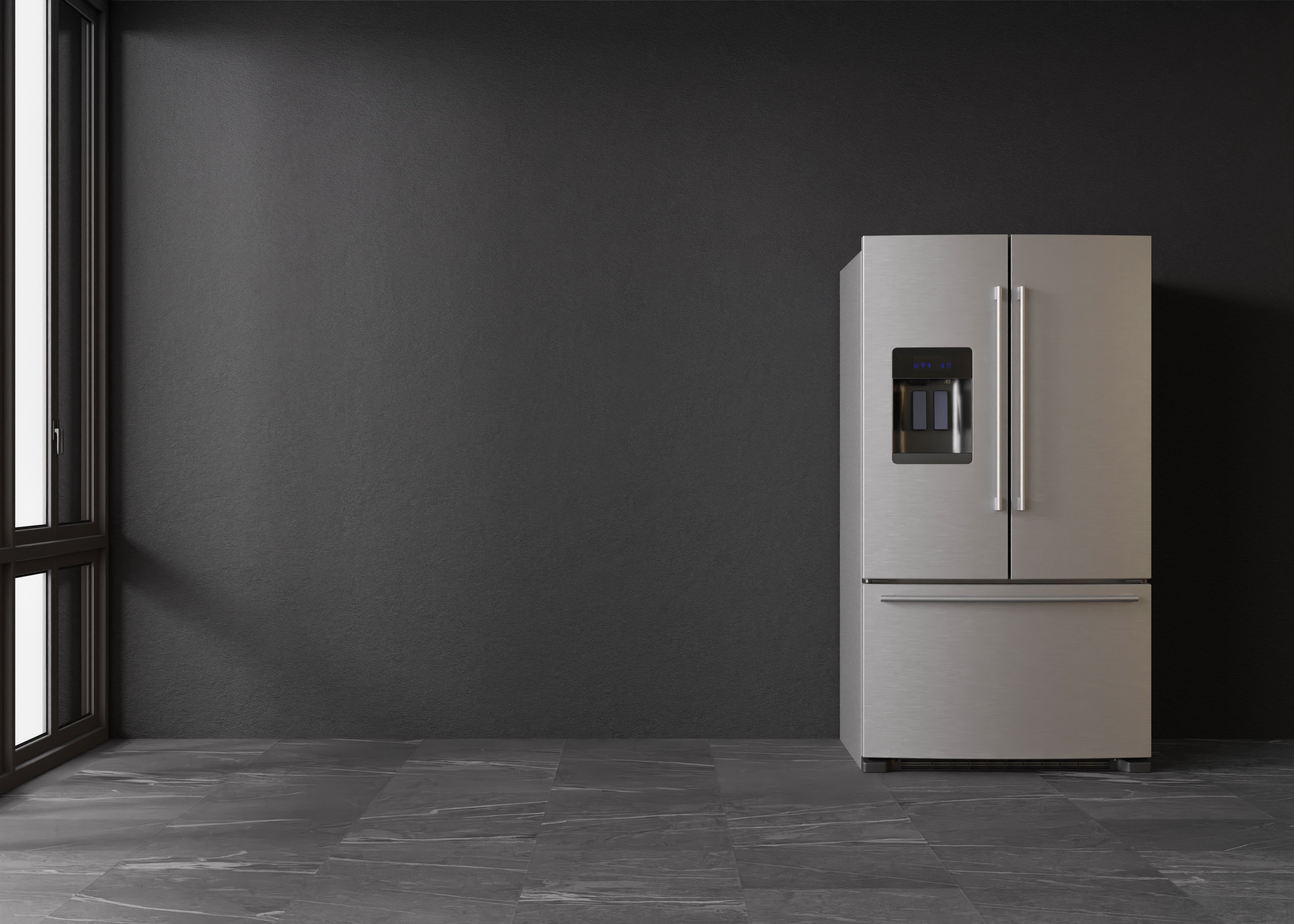The Best Fridges And Freezers Strategies To Transform Your Life

Understanding Fridges and Freezers: The Essential Kitchen Appliances
Fridges and freezers are 2 of the most important appliances in contemporary kitchens. These devices serve an essential role in food preservation and waste reduction by guaranteeing that perishable items remain fresh and safe for intake. This short article explores the different types of fridges and freezers, their performances, and crucial considerations for selection and maintenance.
Types of Refrigerators
The marketplace uses a range of refrigerator types, each designed to fulfill different consumer requirements. Below is a list of the most common types of fridges:
Top-Freezer Refrigerators
- Most common type.
- Freezer compartment is situated above the refrigerator area.
- Normally more affordable and energy-efficient.
Bottom-Freezer Refrigerators
- Freezer is located at the bottom.
- Enables easier access to fresh products at eye level.
- Typically features pull-out drawers for much better company.
Side-by-Side Refrigerators
- Refrigerator and freezer sections are adjacent.
- Perfect for narrow kitchens and allows easy access to both compartments.
- Often comes with water and ice dispensers.
French Door Refrigerators
- Integrates a bottom freezer with double doors at the top.
- Deals sufficient storage and trendy styles.
- Typically includes functions like temperature-controlled drawers.
Compact Refrigerators
- Smaller size perfect for limited spaces.
- Commonly utilized in dorm rooms, studio apartments, or as secondary fridges.
Table 1: Comparison of Refrigerator Types
| Type | Benefits | Disadvantages | Typical Size |
|---|---|---|---|
| Top-Freezer | Economical, energy-efficient | Less hassle-free access to the freezer | 14-30 cu. ft. |
| Bottom-Freezer | Much easier access to fresh food | Freezer can be more difficult to arrange | 19-30 cu. ft. |
| Side-by-Side | Easy access, water/ice dispenser | Narrow vs. storage space | 22-30 cu. ft. |
| French Door | Trendy, large, organized | More costly | 20-30+ cu. ft. |
| Compact | Space-saving, portable | Limited storage | 1.7-5.5 cu. ft. |
Types of Freezers
Freezers are a similarly essential appliance for food preservation. They can be found in various styles created to fit various home needs. Consider the list below types:
Upright Freezers
- Operate like a standard refrigerator with vertical storage.
- Easier to organize with shelves and compartments.
Chest Freezers
- Large, horizontal design generally providing more storage space.
- Maintains temperatures much better during power blackouts.
- More energy-efficient than upright models.
Portable Freezers
- Compact units perfect for outdoor activities or small spaces.
- Frequently used for camping trips or as momentary storage.
Table 2: Comparison of Freezer Types
| Type | Advantages | Downsides | Typical Size |
|---|---|---|---|
| Upright Freezer | Easier to organize | Less energy-efficient, more floor space | 5-20 cu. ft. |
| Chest Freezer | Holds more products, energy-efficient | Harder to organize | 5-25 cu. ft. |
| Portable Freezer | Compact and versatile | Limited storage capability | 1-10 cu. ft. |
Key Features to Consider
When choosing a fridge or freezer, consumers should bear in mind a number of functions that can enhance performance:
- Energy Efficiency: Look for models with the ENERGY STAR certification to save money on electrical power bills.
- Storage Capacity: Evaluate storage requirements based upon family size and eating practices.
- Temperature level Control: Some home appliances provide digital controls for accurate temperature settings.
- Adjustable Shelving: Customizable shelving enables optimal company.
- Water and Ice Dispenser: Offers convenience but can take up important area inside.
- Noise Level: Sound rankings can affect comfort, especially in open-concept homes.
Advantages and disadvantages of Having a Fridge and Freezer
While fridges and freezers are vital technologies, they likewise have certain benefits and drawbacks:
| Pros | Cons |
|---|---|
| Preserve food lifespan and minimize waste | Require routine maintenance |
| Enable bulk buying and meal prepping | Can be expensive to purchase and run |
| Offer benefit and quick access to food | Occupy considerable kitchen area space |
Maintenance Tips
To make sure longevity and optimal efficiency of fridges and freezers, think about the following upkeep pointers:
- Regular Cleaning: Clean the exterior and interior periodically to avoid buildup of dirt and bacteria.
- Examine Seals: Inspect door seals routinely for leakages to preserve performance.
- Temperature Settings: Keep the fridge at 34-38 ° F and the freezer at 0 ° F for ideal food conservation.
- Thaw as Needed: Chest freezers ought to be thawed frequently to maintain effectiveness.
- Clear Air Vents: Ensure that air flow isn't blocked to enhance energy effectiveness.
Frequently asked questions About Fridges and Freezers
Q1: How long can food be stored in a freezer?A: Most foods can be kept in a freezer for several months. Meats and poultry often last 4-12 months, while vegetables can last up to 8-12 months.
Q2: How often should I clean my fridge and freezer?A: It is a good idea to clean your fridge and freezer every 3 to 6 months, or as required when spills take place. zackschlaefer.link : Can I put hot food directly in the fridge?A: It is advised to cool hot food to room temperature level before positioning it in the fridge to avoid
raising the temperature inside the appliance. Q4: Why is my fridge running constantly?A: This could be due to a malfunctioning thermostat, clogged up coils, or door seals that aren't working correctly. Fridges and freezers are important
assets to modern-day homes, offering vital services for food storage and conservation.
Comprehending the numerous types, features, and maintenance requirements can help customers pick the ideal devices for their requirements and optimize their functionality. Accepting energy-efficient models not just supports sustainable practices but also contributes to significant cost savings on energy bills, making informed choices more crucial than ever.

